Home>Articles>How To Store Bare Root Strawberries Before Planting
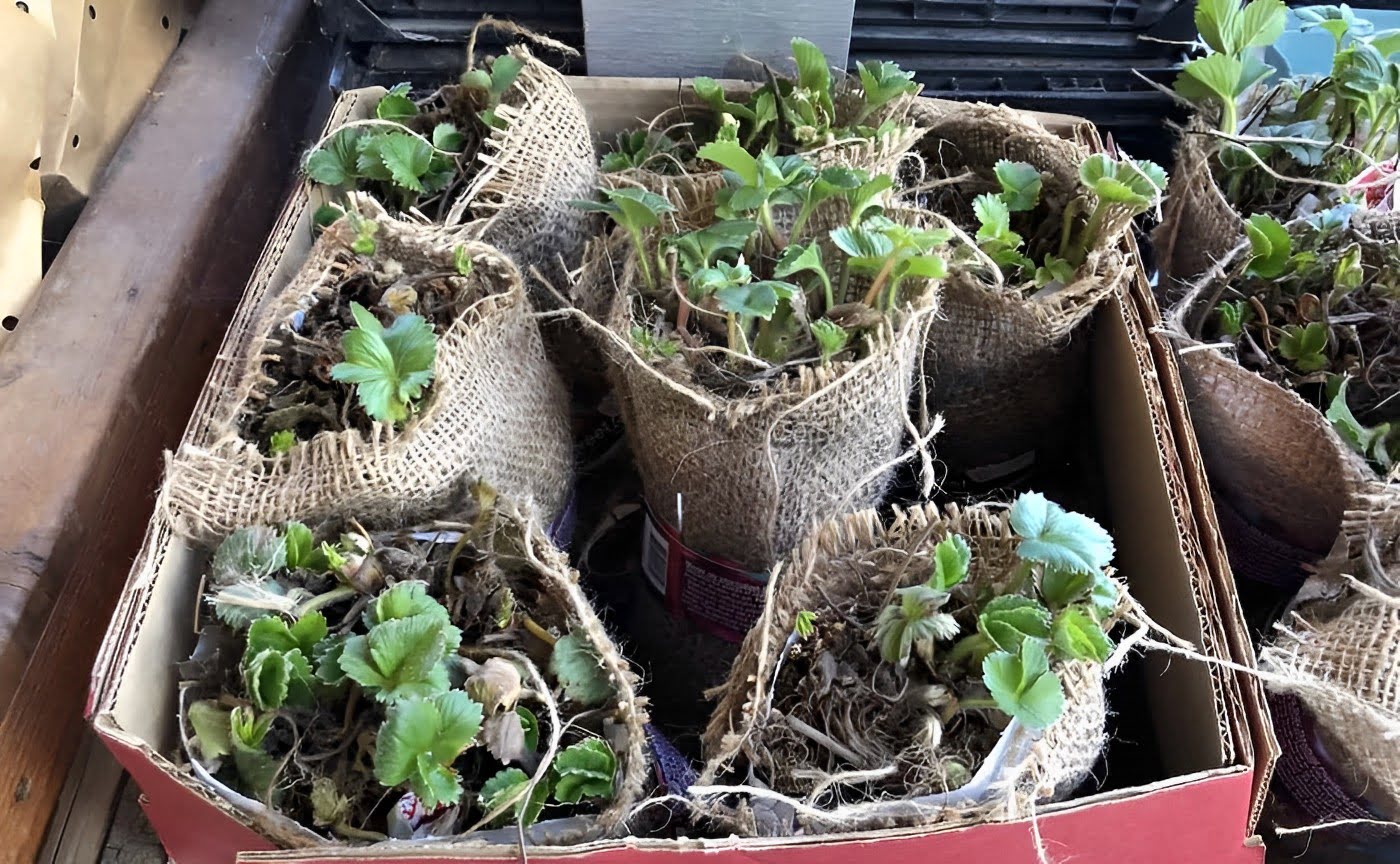

Articles
How To Store Bare Root Strawberries Before Planting
Modified: February 23, 2024
Learn how to store bare root strawberries before planting with our helpful articles. Find expert tips and guidance for successful strawberry storage and planting.
(Many of the links in this article redirect to a specific reviewed product. Your purchase of these products through affiliate links helps to generate commission for Storables.com, at no extra cost. Learn more)
Introduction
When it comes to growing strawberries, bare root plants are a popular choice among gardeners. These plants are dormant and do not have soil around their roots, making them easier to handle and transport. However, before you can plant your bare root strawberries, it is important to store them properly to ensure their health and success.
Storing bare root strawberries before planting is crucial because it allows the plants to remain dormant until the ideal planting time. Proper storage also helps protect the delicate roots from damage and desiccation. In this article, we will guide you through the process of storing bare root strawberries, from selecting the right storage location to monitoring temperature and humidity levels. By following these steps, you can ensure that your bare root strawberries stay healthy and ready for planting.
Key Takeaways:
- Proper storage of bare root strawberries ensures healthy, dormant plants for optimal planting. Selecting the right storage location, preparing the container, and monitoring temperature and humidity levels are crucial for success.
- Storing bare root strawberries in sand or peat moss provides insulation and moisture control, while regular checks ensure their health. Proper preparation for planting sets the stage for a bountiful harvest.
Understanding Bare Root Strawberries
Bare root strawberries are strawberry plants that have been removed from the ground and have had their soil and most of their foliage removed. This dormant state allows for easier shipping, handling, and storage of the plants until they are ready to be planted.
Bare root strawberries are typically sold without soil around their roots, which means they need proper storage to maintain their health and vitality. These plants may appear brown and lifeless, but they are just dormant and can quickly regrow once planted in the right conditions.
It’s important to note that bare root strawberries should be purchased from reputable sources to ensure you’re receiving healthy plants. Look for vendors that offer certified disease-free plants to minimize the risk of introducing any pathogens into your garden.
When purchasing bare root strawberries, pay attention to the variety you are choosing. There are different types of strawberries, including June-bearing, everbearing, and day-neutral varieties. Each type has its own characteristics when it comes to fruiting time and yield, so make sure to select the variety that best suits your needs and gardening preferences.
Before storing bare root strawberries, it is essential to inspect them for any signs of damage or disease. Discard any plants that appear shriveled, moldy, or have signs of rot, as these could negatively affect the health of the other plants in storage. Only store bare root strawberries that are in good condition to ensure successful growth.
Why Store Bare Root Strawberries
Storing bare root strawberries before planting serves several purposes and provides numerous advantages for both the plants and the gardener. Here are a few key reasons why storing bare root strawberries is essential:
- Preserves Dormancy: Bare root strawberries are in a dormant state, which means they are “asleep” and not actively growing. Storing them properly helps maintain this dormancy until the optimal planting time. Planting dormant strawberries ensures they establish strong root systems and leads to healthier and more vigorous plants.
- Extends Planting Window: Storing bare root strawberries allows you to extend the planting window by a few weeks or even months. This is particularly advantageous for gardeners in regions with short growing seasons or unpredictable weather. By storing the plants, you can delay their planting until the conditions are ideal, giving them a better chance of survival and growth.
- Easier Handling and Transportation: Bare root strawberries are much easier to handle and transport compared to plants in pots or with soil. Storing them prior to planting gives you the flexibility to prepare your garden beds, gather the necessary supplies, and plan your planting process without the pressure of immediate planting.
- Minimizes Transplant Shock: Transplanting any plant can stress the roots, but storing bare root strawberries mitigates the shock they might experience during the planting process. Keeping the plants in a dormant state allows them to better adjust to their new environment once planted in the ground.
- Allows Pre-Planting Preparation: Storing bare root strawberries gives you the opportunity to prepare the planting area properly. You can clear weeds, amend the soil, and ensure the beds are ready to receive the plants. This preparation leads to better planting conditions and a higher chance of success.
By understanding the importance of storing bare root strawberries, you can provide the optimal conditions for these plants to thrive and produce a bountiful harvest.
Selecting the Right Storage Location
Choosing the appropriate storage location for your bare root strawberries is crucial to their well-being. The ideal storage area should have specific conditions to maintain the plants’ dormancy and prevent them from drying out or being exposed to extreme temperatures. Here are some factors to consider when selecting a storage location:
- Cool Temperature: Bare root strawberries should be stored in a cool area to keep them dormant and prevent premature sprouting. The recommended temperature range is between 32°F (0°C) and 45°F (7°C). Avoid storing them in areas that experience high temperatures or direct sunlight, as this can cause them to break dormancy prematurely.
- Consistent Temperature: Temperature fluctuations can disrupt the plants’ dormancy and impact their survival. Choose a storage location where the temperature remains relatively stable throughout the storage period. Fluctuations can be minimized by storing the plants away from doors, windows, or heat sources that produce significant temperature variations.
- Adequate Ventilation: While it’s essential to avoid exposing bare root strawberries to drafts, proper air circulation is necessary to prevent moisture buildup. Choose a storage area with adequate ventilation to maintain a slightly humid environment while preventing excessive humidity that could lead to rot or mold formation.
- Absence of Pests and Diseases: Ensure that the storage location is clean, free from pests, and disease-free. Pests and diseases can quickly spread among stored plants, resulting in damage or even loss of the entire batch. Inspect the storage area for signs of pests or diseases, and if any are found, take appropriate measures to eliminate them before placing the plants in storage.
- Accessibility: Choose a location that is easily accessible so you can regularly check on the stored strawberries without difficulty. Regular monitoring allows you to detect any issues early on and take necessary actions to prevent further damage.
Consider these factors when selecting the right storage location for your bare root strawberries. By providing a suitable environment, you can ensure the plants remain dormant and maintain their vitality until it’s time to plant them in your garden.
Preparing the Storage Container
The storage container you choose for your bare root strawberries plays a crucial role in maintaining their health and quality. Here are the steps to properly prepare the storage container:
- Clean and Sterilize: Before using any container, it is important to clean and sterilize it to prevent the spread of diseases or pests. Wash the container thoroughly with soap and hot water, or use a diluted bleach solution to sanitize it. Rinse the container well and let it dry completely before use.
- Choose the Right Size: The storage container should be appropriately sized to accommodate the number of bare root strawberries you have. It should allow enough space between the plants to prevent overcrowding and ensure proper air circulation. Avoid using containers that are too large, as excess space can lead to unnecessary moisture accumulation.
- Add Drainage Holes: Good drainage is essential to prevent excess moisture from accumulating and causing rot or mold. If the storage container does not have pre-existing drainage holes, carefully drill a few small holes in the bottom to facilitate water drainage.
- Line the Container: To further enhance moisture control, line the bottom of the container with a layer of newspaper or paper towels. This lining will help absorb excess moisture and prevent it from sitting directly against the bare root strawberries.
- Avoid Chemical Residues: When selecting a storage container, opt for those made of food-grade materials. Avoid containers that may have been treated with chemicals or have residue that could potentially leach into the plants. This will help maintain the purity and safety of the stored strawberries.
- Label and Date: Remember to label the storage container with the name of the strawberry variety and the date of storage. This will help you keep track of the contents and ensure proper organization.
By following these steps and preparing the storage container appropriately, you can create an optimal environment for storing your bare root strawberries before planting. The container will help maintain the necessary conditions and protect the plants during their dormant period.
Read more: How To Store Bare Root Strawberries
Preparing Bare Root Strawberries for Storage
Before storing bare root strawberries, it is essential to prepare them properly to ensure their longevity and vitality. Follow these steps to prepare your bare root strawberries for storage:
- Inspect and Sort: Thoroughly examine each bare root strawberry plant for any signs of damage, disease, or rot. Discard any plants that are discolored, moldy, or have soft spots, as these can potentially spread to other plants during storage. Sort the plants according to size or variety for easier organization.
- Moisten the Roots: Before placing the bare root strawberries in storage, soak the roots in water for 10-15 minutes. This helps rehydrate the roots and prevents excessive drying during storage. After soaking, gently shake off any excess water to avoid creating a wet environment that could encourage rot.
- Trim Excess Roots: If the bare root strawberries have long or damaged roots, you can trim them slightly to promote better storage conditions. Use clean and sharp pruning shears to carefully remove any excessively long or broken roots, ensuring a neater and more compact root structure.
- Label and Organize: Label each bare root strawberry plant with the variety name, if you have multiple varieties. This labeling helps you keep track of the plants and ensures you know which ones to plant first when the time comes. Organize the plants in a way that makes it easy to access and monitor them periodically.
- Keep Moist: While bare root strawberries should not be stored in wet conditions, it is important to keep the roots slightly moist during storage to prevent dehydration. You can moisten a handful of sphagnum moss or paper towels and place it gently around the roots to provide some moisture retention. Avoid excessive moisture, as it can lead to rot or mold formation.
- Wrap in Plastic: To help maintain moisture and prevent drying, you can individually wrap each bare root strawberry plant in slightly damp newspaper or place them in perforated plastic bags. This wrapping provides a protective layer while allowing for some air circulation to prevent excessive humidity.
With these preparation steps, your bare root strawberries will be ready for storage. By ensuring they are in good condition, properly labeled, and provided with adequate moisture, you can maximize their chances of success when it’s time to plant them in your garden.
Store bare root strawberries in a cool, dark place to prevent them from drying out before planting. Keep the roots moist by wrapping them in damp paper towels or storing them in damp peat moss. Avoid exposing them to direct sunlight or extreme temperatures.
Storing Bare Root Strawberries in Sand
One popular method of storing bare root strawberries is to use sand as a storage medium. Storing bare root strawberries in sand provides insulation, moisture control, and protection against desiccation. Follow these steps to properly store your bare root strawberries in sand:
- Choose the Right Sand: Use clean, dry, and sterilized sand for storing your bare root strawberries. Avoid using beach sand or sand treated with chemicals. Horticultural-grade sand or washed builder’s sand are good options as they are free from contaminants.
- Prepare the Storage Container: Select a shallow container, such as a plastic tray or a repurposed nursery flat, to hold the sand. Ensure that the container has drainage holes to prevent water accumulation. Line the bottom of the container with a layer of newspaper or landscape fabric to prevent sand from spilling out.
- Add a Layer of Sand: Pour a layer of sand into the prepared container, ensuring it is deep enough to cover the bare roots of the strawberries. The depth should be around 1-2 inches (2.5-5 cm) to provide adequate insulation and moisture control.
- Place Bare Root Strawberries: Carefully arrange the bare root strawberries on top of the layer of sand, spacing them out to allow for air circulation. Make sure the roots are completely covered with sand, but avoid burying the crown or the growing tip of the plant.
- Add Another Layer of Sand: Gently pour more sand over the strawberries, ensuring that they are completely covered. The sand should reach the level of the crowns. Be careful not to exert excessive pressure or compact the sand, as it may hinder air circulation.
- Store in a Cool Location: Place the container in a cool, dark, and well-ventilated location with a temperature of around 32°F to 45°F (0°C to 7°C). This will help maintain the dormant state of the strawberries and prevent premature sprouting.
- Monitor Moisture Levels: Check the sand periodically to ensure it remains slightly moist, but not overly saturated. If the sand becomes too dry, lightly mist it with water to maintain proper moisture levels. Avoid excessive watering, as it can lead to rot or mold formation.
- Regularly Check on the Strawberries: Occasionally inspect the stored bare root strawberries for any signs of mold, rot, or damage. Remove any plants showing signs of deterioration to prevent the spread of the issue to other strawberries in storage.
Storing bare root strawberries in sand provides a suitable environment for their dormancy and protection. By following these steps, you can ensure that your bare root strawberries remain healthy and ready for planting when the season arrives.
Storing Bare Root Strawberries in Peat Moss
Storing bare root strawberries in peat moss is another effective method to keep them dormant and protected during storage. Peat moss provides insulation, moisture retention, and a stable environment for the roots. Follow these steps to properly store your bare root strawberries in peat moss:
- Select Quality Peat Moss: Choose high-quality, sterile peat moss from a reputable source. Ensure that it is moist but not overly wet. Squeeze a handful of peat moss – it should feel damp and hold its shape without releasing excessive water.
- Prepare the Storage Container: Use a plastic or wooden container with drainage holes to hold the peat moss. Line the bottom of the container with a layer of newspaper or landscape fabric to prevent the peat moss from spilling out.
- Add a Layer of Peat Moss: Fill the container with a layer of peat moss, about 1-2 inches (2.5-5 cm) deep. This layer will serve as the bed for your bare root strawberries.
- Place Bare Root Strawberries: Carefully arrange the bare root strawberries on top of the layer of peat moss, ensuring that the roots are completely covered. Space them out evenly, allowing for air circulation between the plants.
- Cover with More Peat Moss: Gently add more peat moss over the strawberries, making sure to completely cover the roots while leaving the crown and growing tip exposed. The peat moss should reach the level of the crowns without burying them.
- Store in a Cool Location: Place the container of bare root strawberries in a cool, dark, and well-ventilated area with a temperature between 32°F to 45°F (0°C to 7°C). This will help keep the strawberries in a dormant state and prevent premature sprouting.
- Monitor Moisture Levels: Regularly check the moisture level of the peat moss. It should be moist to the touch but not waterlogged. If the peat moss becomes dry, lightly mist it with water to maintain proper moisture levels. Avoid overwatering, as excess moisture can lead to rot or mold issues.
- Periodically Check on the Strawberries: Every few weeks, inspect the stored bare root strawberries for any signs of decay, mold, or damage. Remove any affected plants promptly to prevent the issue from spreading to other strawberries in storage.
Storing bare root strawberries in peat moss provides a suitable environment for their dormancy and protection. By following these steps, you can ensure that your bare root strawberries remain healthy and ready for planting when the time is right.
Monitoring Temperature and Humidity Levels
Properly monitoring the temperature and humidity levels during the storage of bare root strawberries is essential to maintain their dormancy and prevent damage. Here’s how you can effectively monitor these factors:
- Temperature: Use a thermometer to regularly monitor the temperature in the storage area. Ideally, the temperature should be maintained between 32°F and 45°F (0°C to 7°C). Avoid storing the strawberries in areas that experience excessively high or fluctuating temperatures, as this can break their dormancy prematurely or cause damage to the delicate roots. It’s important to note that different strawberry varieties may have specific temperature preferences, so be aware of the recommended temperature range for your specific variety.
- Humidity: Bare root strawberries require slightly high humidity levels to prevent them from drying out. However, excessive moisture can lead to rot or mold formation. Use a hygrometer or moisture meter to monitor the humidity levels in the storage area. Aim for a relative humidity between 85% and 95%. You can maintain appropriate humidity by misting the storage medium lightly with water or using a humidifier if necessary. Regularly check the moisture levels in the storage container and adjust as needed to maintain a slightly moist but not overly wet environment.
- Air Circulation: Adequate air circulation is crucial to prevent the buildup of excess moisture and maintain a healthy storage environment. Ensure there is proper ventilation in the storage area to allow for the exchange of fresh air. Avoid sealing the storage container tightly, as this can lead to an increase in humidity and the potential for mold development. However, keep in mind that excessive drafts can also negatively impact the strawberries, so strike a balance between proper ventilation and avoiding direct drafts.
- Regular Monitoring: Make it a habit to check on the stored bare root strawberries regularly. During these inspections, observe the overall condition of the plants, looking for signs of mold, rot, or damage. If any plants show deterioration, remove them promptly to prevent the spread of the issue to the rest of the batch. Additionally, monitor the temperature and humidity levels to ensure they remain within the optimal range.
- Adjustments as Needed: Based on your monitoring, make adjustments to the storage conditions if necessary. For example, if the temperature rises above the desired range, consider relocating the storage container to a cooler area. If the humidity is too low, mist the storage medium lightly with water to increase the moisture level. Regular monitoring allows you to address any issues promptly and maintain optimal storage conditions.
By actively monitoring the temperature, humidity, and air circulation in the storage area, you can ensure that your bare root strawberries remain in a dormant state and are protected from damaging conditions. This careful monitoring contributes to their overall success when it’s time to plant them in your garden.
Read more: How To Store Bare Root Plants Over Winter
Checking on Stored Bare Root Strawberries
Regularly checking on your stored bare root strawberries is crucial to ensure their health, address any issues promptly, and maximize their chances of success when it’s time to plant them. Here are important steps to take when checking on your stored bare root strawberries:
- Frequency of Checking: Plan to check on your stored bare root strawberries at least once a month. However, if you notice any changes or issues during previous checks, consider increasing the frequency to address any emerging problems.
- Visual Inspection: Carefully examine each stored bare root strawberry plant for any signs of mold, rot, or damage. Look for discoloration, sliminess, or foul smells. If you notice any deteriorating plants, remove them immediately to prevent the spread of any issues to the surrounding plants.
- Moisture Check: Gently probe the storage medium, whether it’s sand or peat moss, to check its moisture level. It should feel slightly moist but not overly wet. If you notice the medium is drying out, lightly mist it with water to maintain the necessary moisture. Avoid overwatering, as excessive moisture can lead to rot or mold development.
- Temperature and Humidity: Check the temperature and humidity levels in the storage area using a thermometer and hygrometer. Ensure that the temperature remains within the recommended range of 32°F to 45°F (0°C to 7°C) and that the humidity level is around 85% to 95%. Make any necessary adjustments to maintain these optimal conditions.
- Air Circulation: Assess the air circulation in the storage area. Ensure that there is enough ventilation to prevent the buildup of excess moisture and maintain a healthy storage environment. If necessary, adjust the arrangement of stored plants or containers to facilitate better airflow.
- Record Keeping: Keep a record of your observations, including any changes in the condition of the stored bare root strawberries, and the actions you’ve taken to address issues. This record will help you track the progress and identify any recurring problems for future reference.
- Adjustments and Care: Based on your observations, make necessary adjustments to the storage conditions. This may include modifying the temperature, humidity, ventilation, or moisture levels as needed. Additionally, continue to provide proper care by monitoring the overall health and addressing any issues promptly.
Regularly checking on your stored bare root strawberries allows you to maintain optimal storage conditions, identify and address any issues early on, and ensure that they remain healthy and ready for planting. By dedicating time and attention to their care, you increase your chances of successful growth and a bountiful harvest.
Preparing for Planting
As the planting season approaches, it’s important to properly prepare your bare root strawberries to ensure a successful transition from storage to the garden. Here are the key steps to follow when preparing for planting:
- Choose the Planting Site: Select a location in your garden that receives full sun or at least 6-8 hours of direct sunlight per day. Ensure that the soil is well-drained and rich in organic matter. Avoid planting in areas prone to frost pockets or standing water.
- Soil Preparation: Prepare the planting area by removing any weeds, rocks, or debris. Loosen the soil to a depth of about 8-10 inches (20-25 cm) using a garden fork or tiller. Incorporate compost or well-rotted manure into the soil to improve fertility and drainage.
- Timing: Plant your bare root strawberries in the early spring, as soon as the soil is workable. Avoid planting when the soil is waterlogged or the weather is extremely hot, as these conditions can stress the young plants during the establishment phase.
- Soaking the Roots: Prior to planting, soak the bare root strawberries in water for about 30 minutes to rehydrate the roots. This helps ensure that they don’t enter the ground with dry roots, promoting better establishment and growth.
- Planting Depth: Dig planting holes that are wide and deep enough to accommodate the roots without bending or crowding. The crown of the strawberry plant, where the roots meet the foliage, should be level with the soil surface. Avoid burying the crown too deep, as this can lead to rotting.
- Spacing: Space your bare root strawberries about 12-18 inches (30-45 cm) apart in rows that are 2-3 feet (60-90 cm) apart. This provides enough room for the plants to grow and ensures proper air circulation between them, reducing the risk of diseases.
- Planting Technique: Place the bare root strawberries in the planting holes, making sure the roots are spread out and positioned straight. Backfill the holes with soil, gently firming it around the roots without compacting too much. Water the newly planted strawberries thoroughly to settle the soil and eliminate air pockets.
- Mulching: Apply a layer of organic mulch, such as straw or wood chips, around the base of the plants. This helps conserve soil moisture, suppress weeds, and maintain a more consistent soil temperature.
- Watering and Care: Keep the soil consistently moist but not waterlogged during the establishment phase. Water deeply and regularly, especially during dry periods. Monitor for pests and diseases, and take appropriate measures to control them if necessary.
- Harvesting: It’s important to note that bare root strawberries may take a season to establish before producing a significant harvest. Be patient and allow the plants to grow and develop strong roots. Once the plants start producing fruit, harvest them when they are fully ripe for the best flavor and quality.
By following these preparation steps, you are setting your bare root strawberries up for a successful transition into the garden. With proper care and attention, you can enjoy a delicious harvest of homegrown strawberries in due time.
Conclusion
Storing bare root strawberries before planting is a crucial step in ensuring their health, vitality, and success in your garden. By understanding the importance of proper storage and following the necessary steps, you can provide the optimal conditions for these dormant plants.
Selecting the right storage location, preparing the storage container, and inspecting and sorting the bare root strawberries are essential in maintaining their dormancy and preventing damage. Whether you choose to store them in sand or peat moss, these storage mediums provide insulation, moisture control, and protection against desiccation.
Monitoring the temperature, humidity levels, and air circulation in the storage area is vital to maintain the dormant state of the strawberries and prevent issues such as mold or rot. Regularly checking on the stored bare root strawberries allows you to address any emerging problems and ensure their health during the storage period.
When it’s time to plant the bare root strawberries, proper preparation is key. Choosing the right planting site, preparing the soil, and providing adequate spacing and planting depth are essential for a successful establishment in the garden. With patience, care, and appropriate watering, your bare root strawberries will grow, develop strong roots, and reward you with delicious fruits.
Remember, while bare root strawberries may take time to establish and produce a bountiful harvest, the rewards are well worth the effort. Homegrown strawberries are not only incredibly flavorful but also a delight to enjoy in various culinary creations.
So, take the time to store your bare root strawberries properly, prepare them for planting, and provide the necessary care throughout their growth. With proper attention, you can enjoy a thriving strawberry patch and savor the delicious fruits of your labor.
Frequently Asked Questions about How To Store Bare Root Strawberries Before Planting
Was this page helpful?
At Storables.com, we guarantee accurate and reliable information. Our content, validated by Expert Board Contributors, is crafted following stringent Editorial Policies. We're committed to providing you with well-researched, expert-backed insights for all your informational needs.
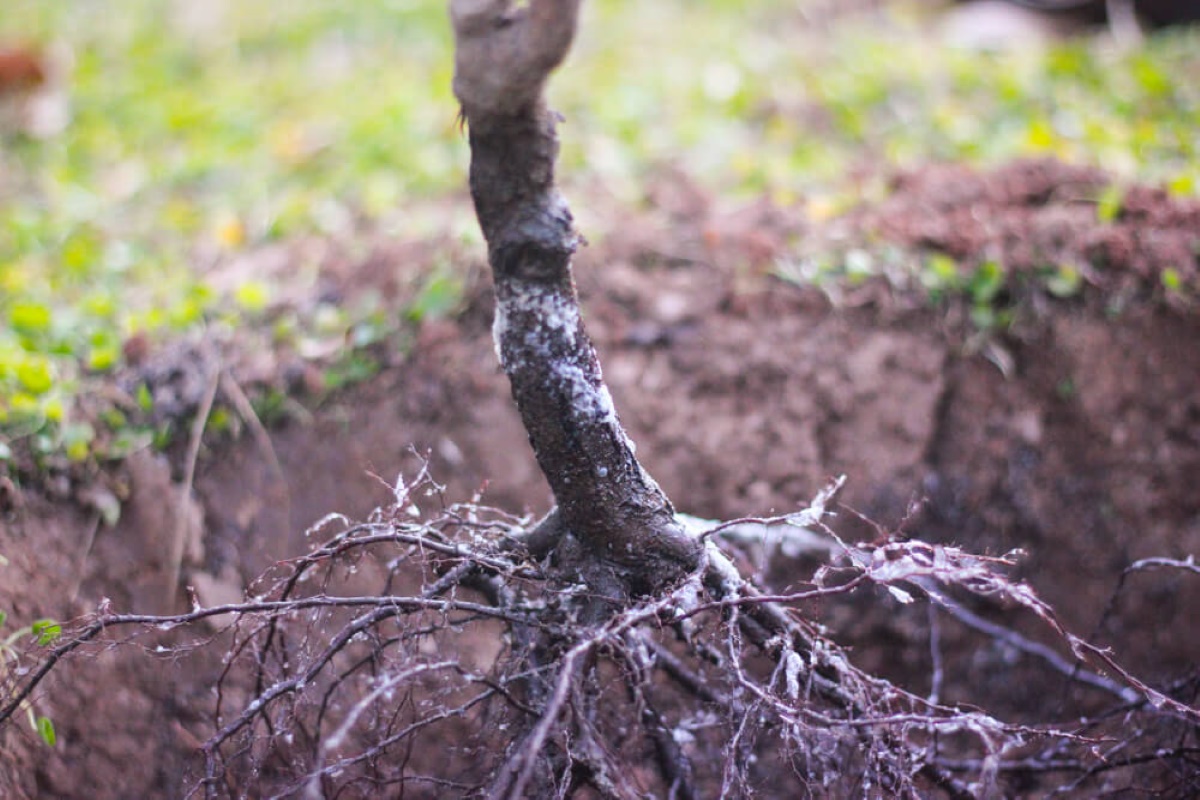
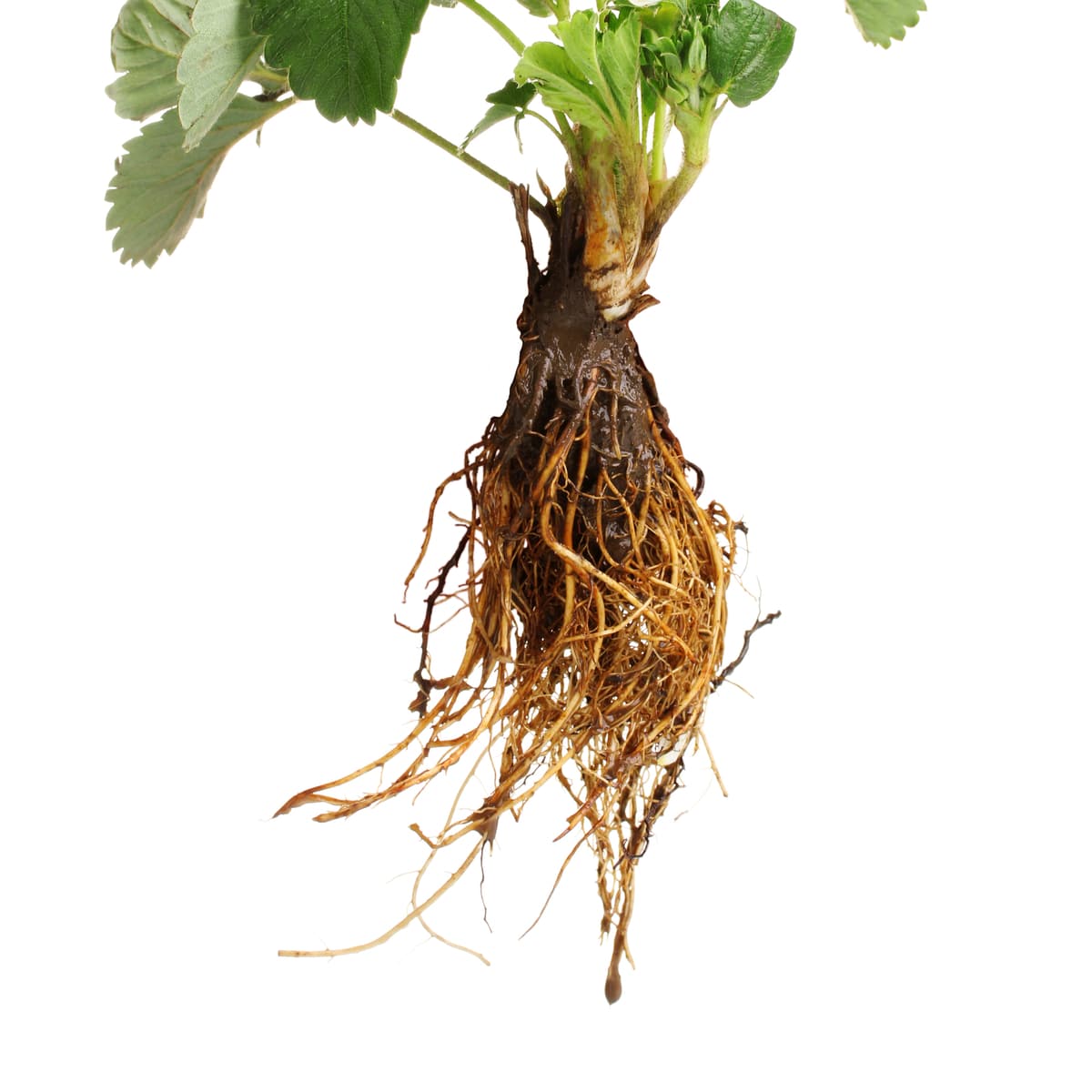
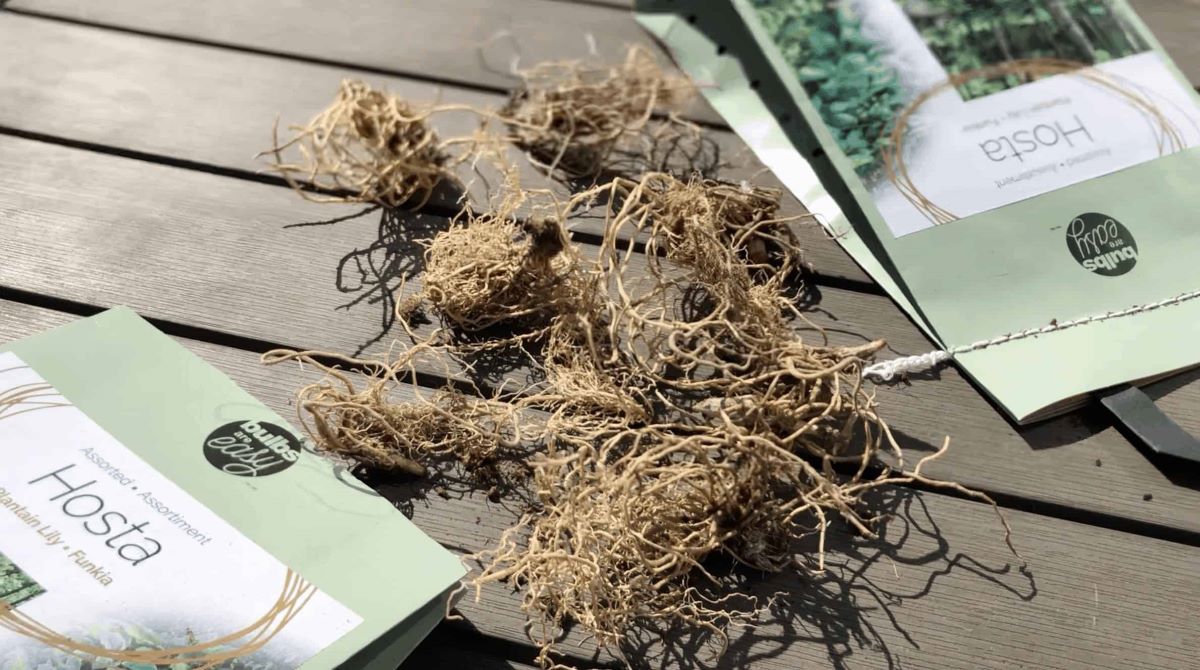
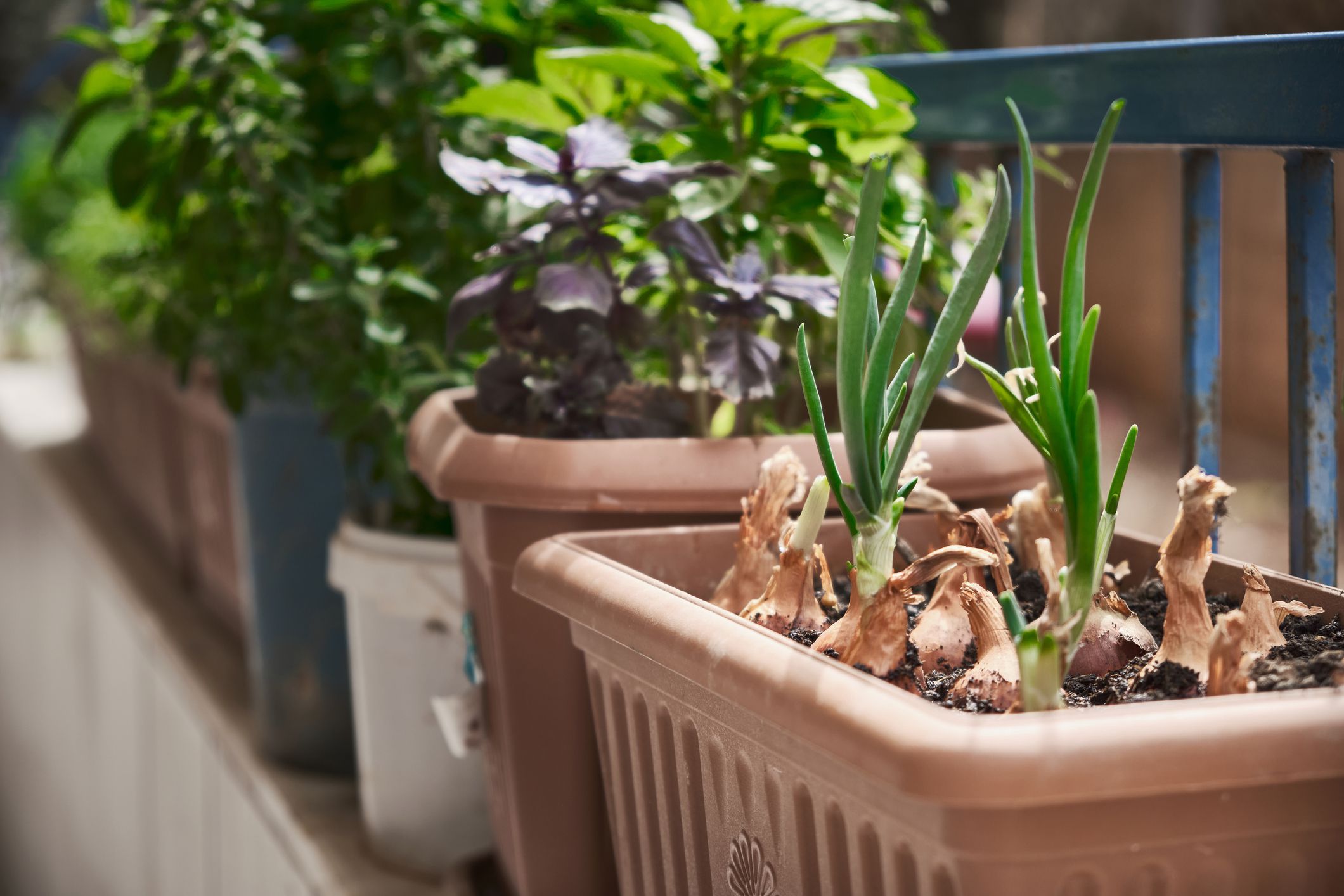
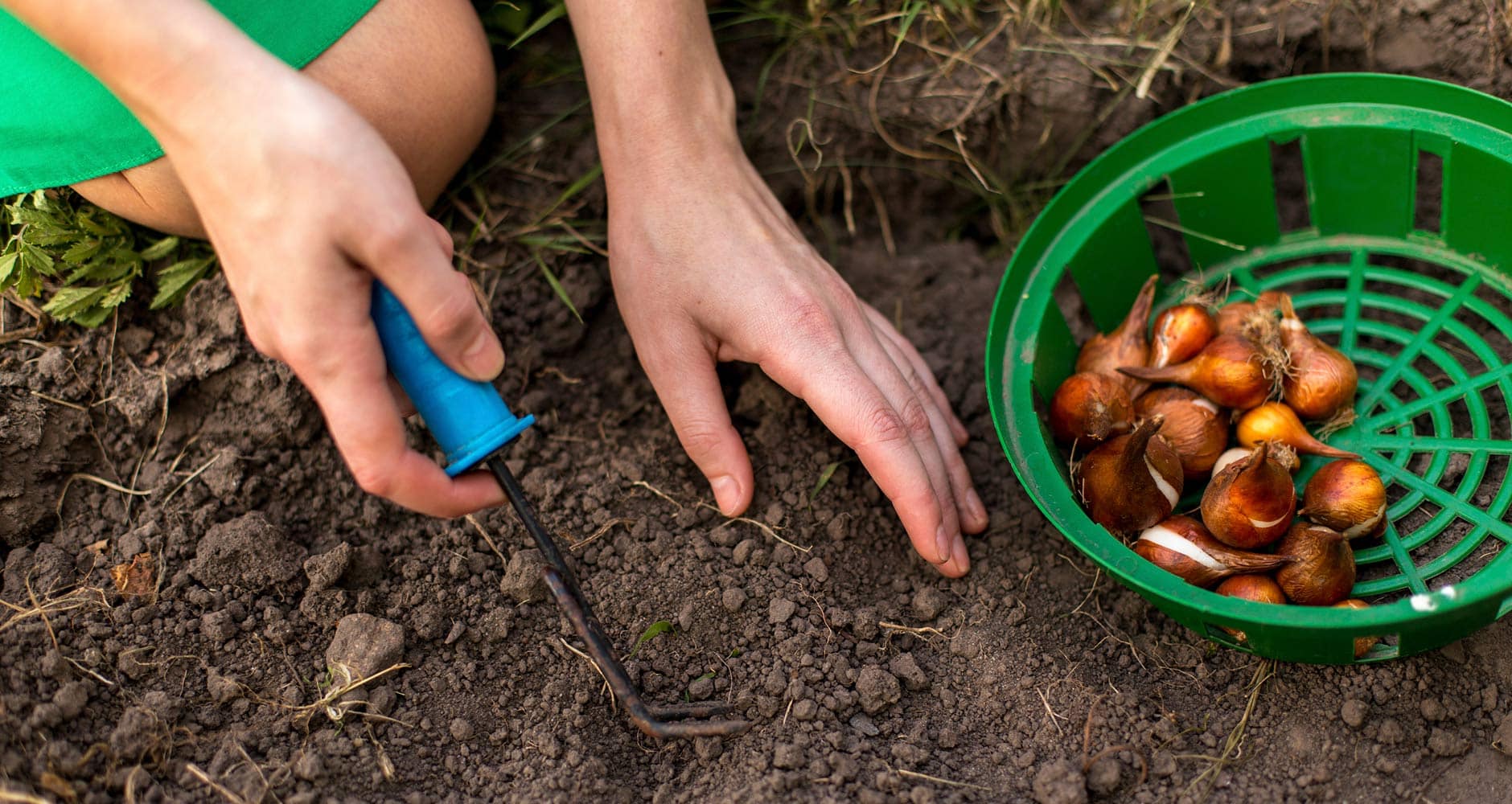
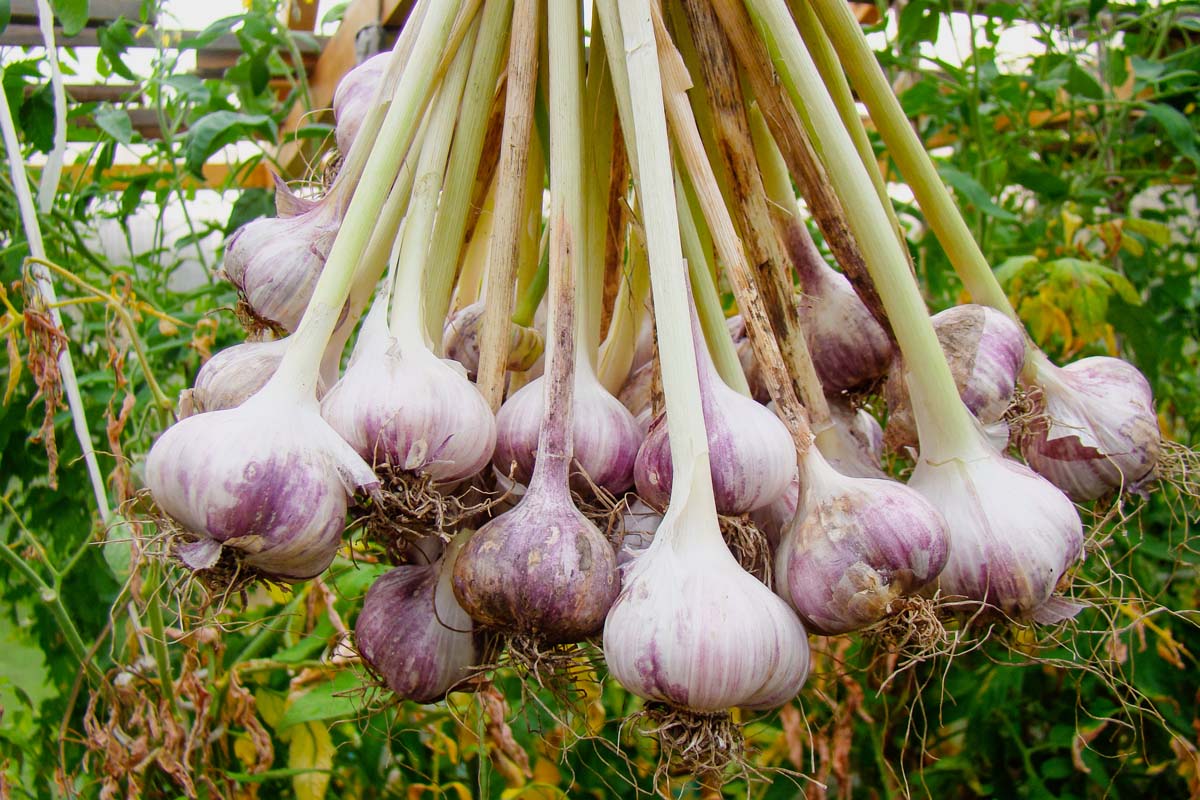
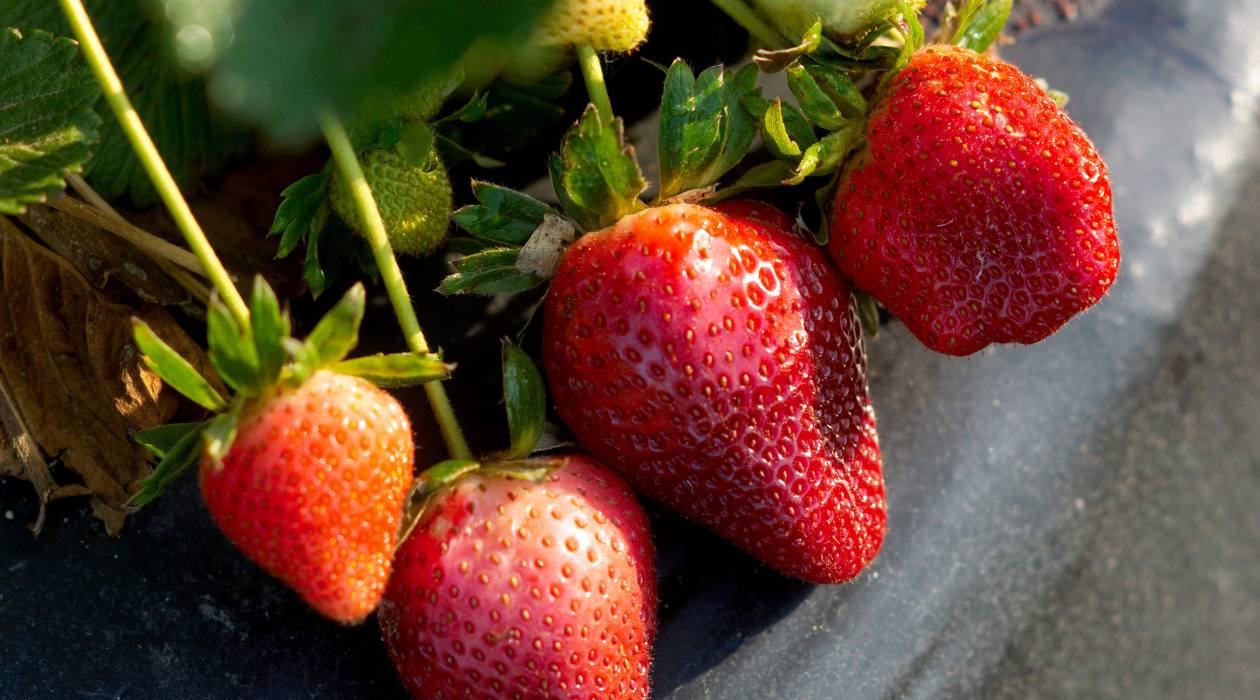
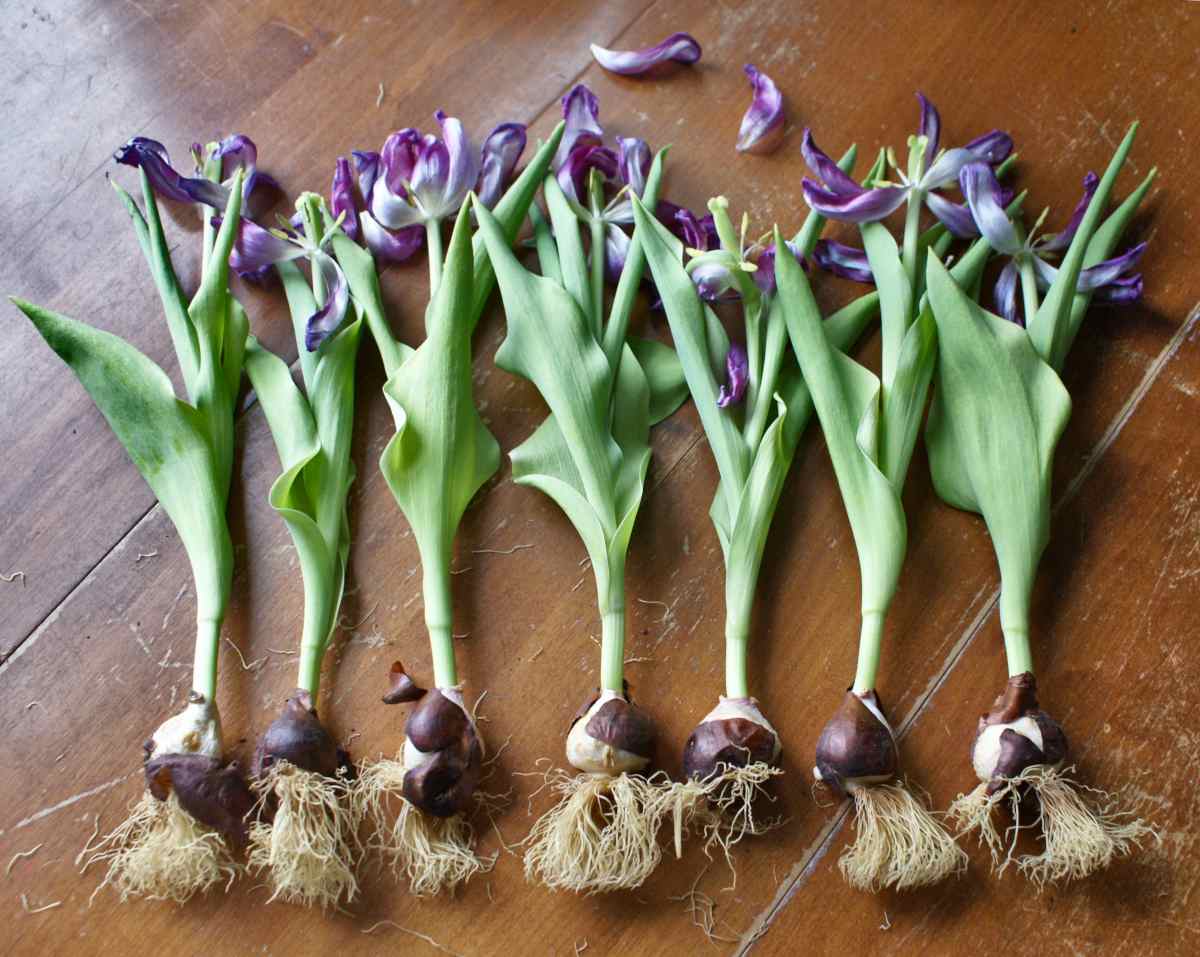
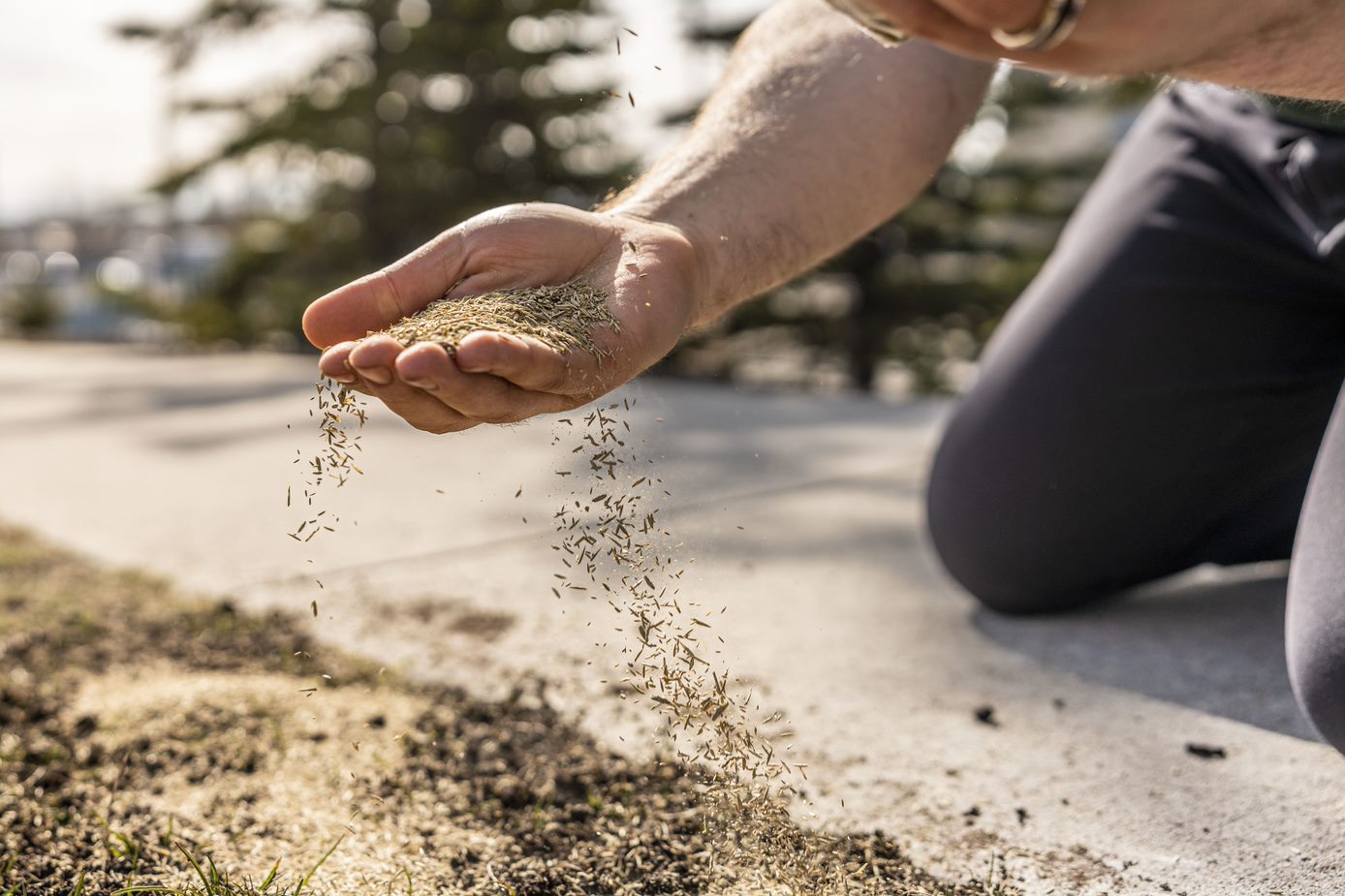
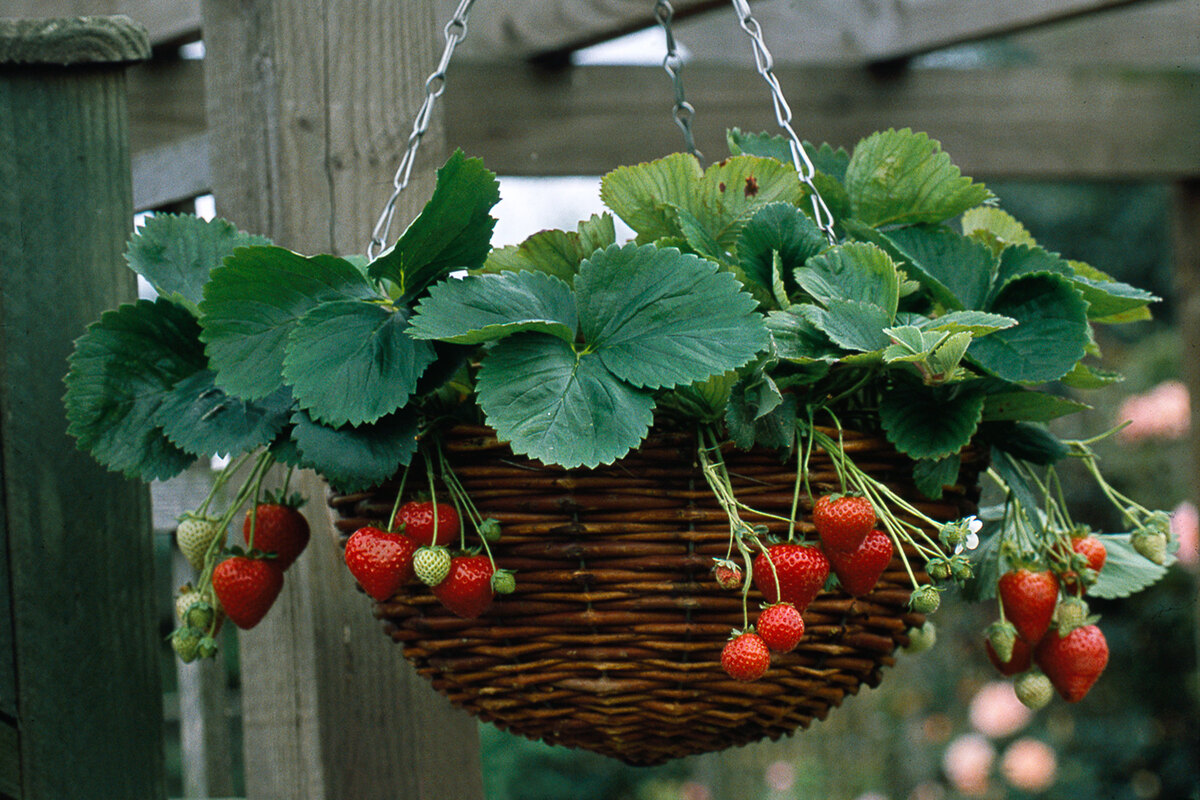
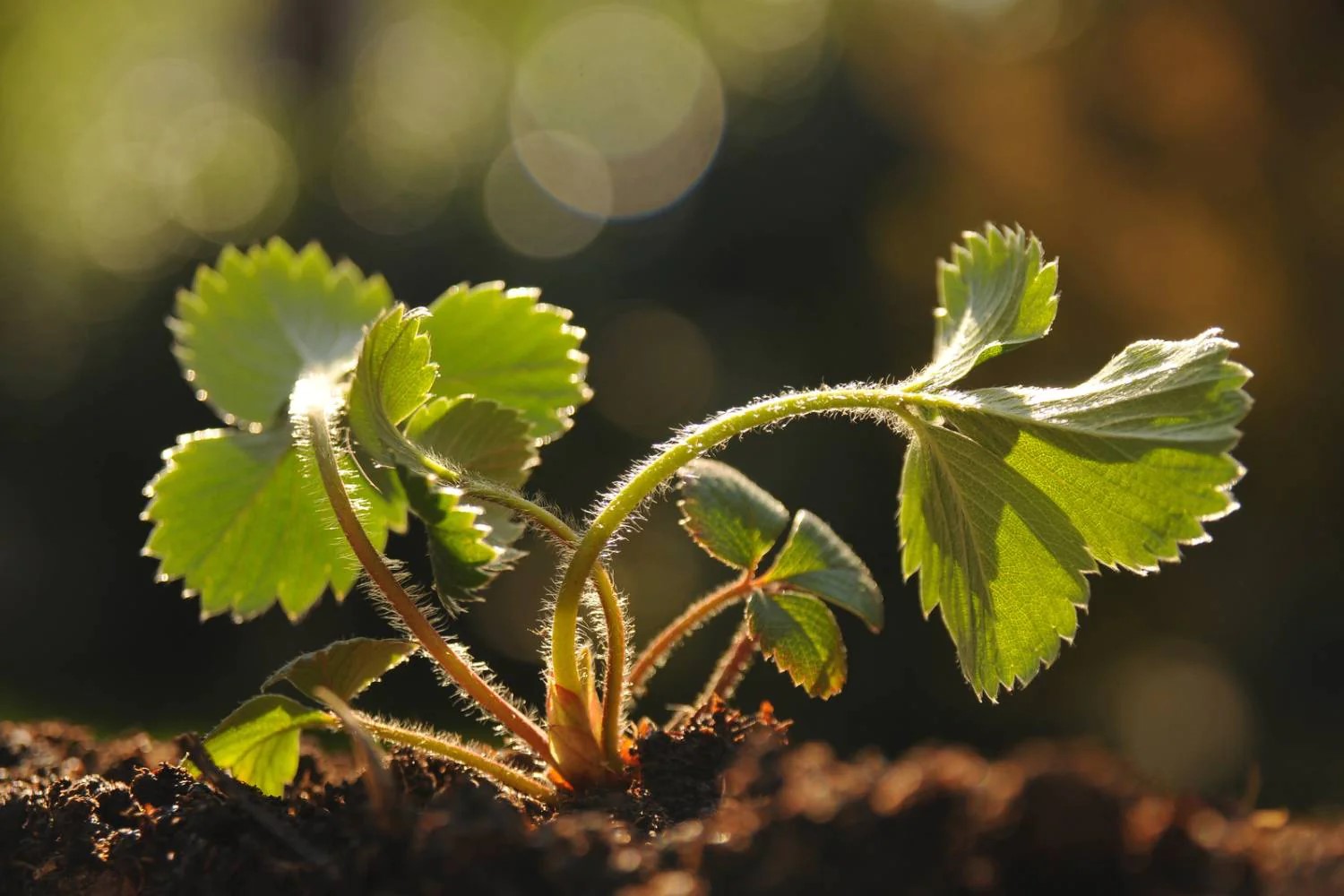
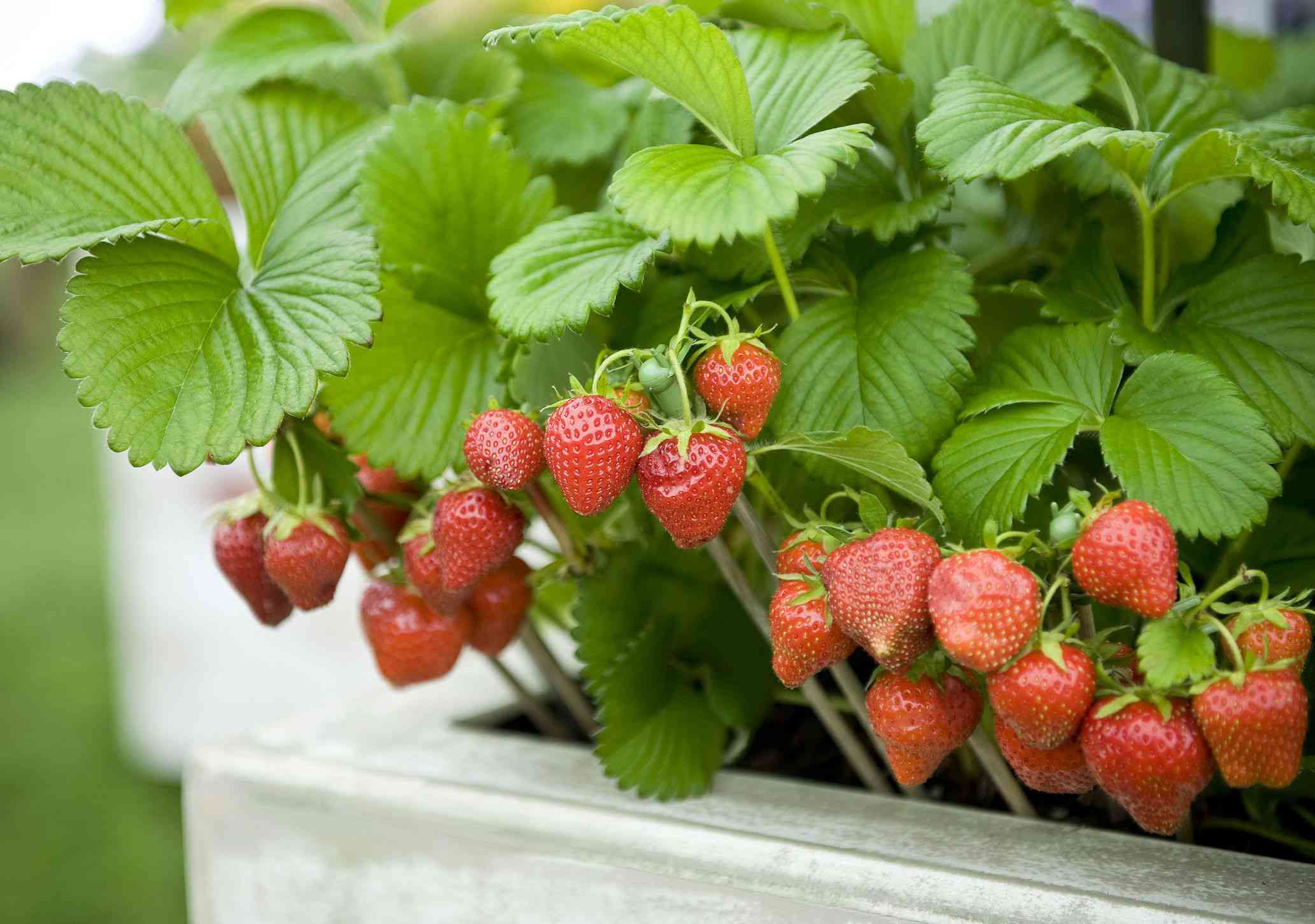
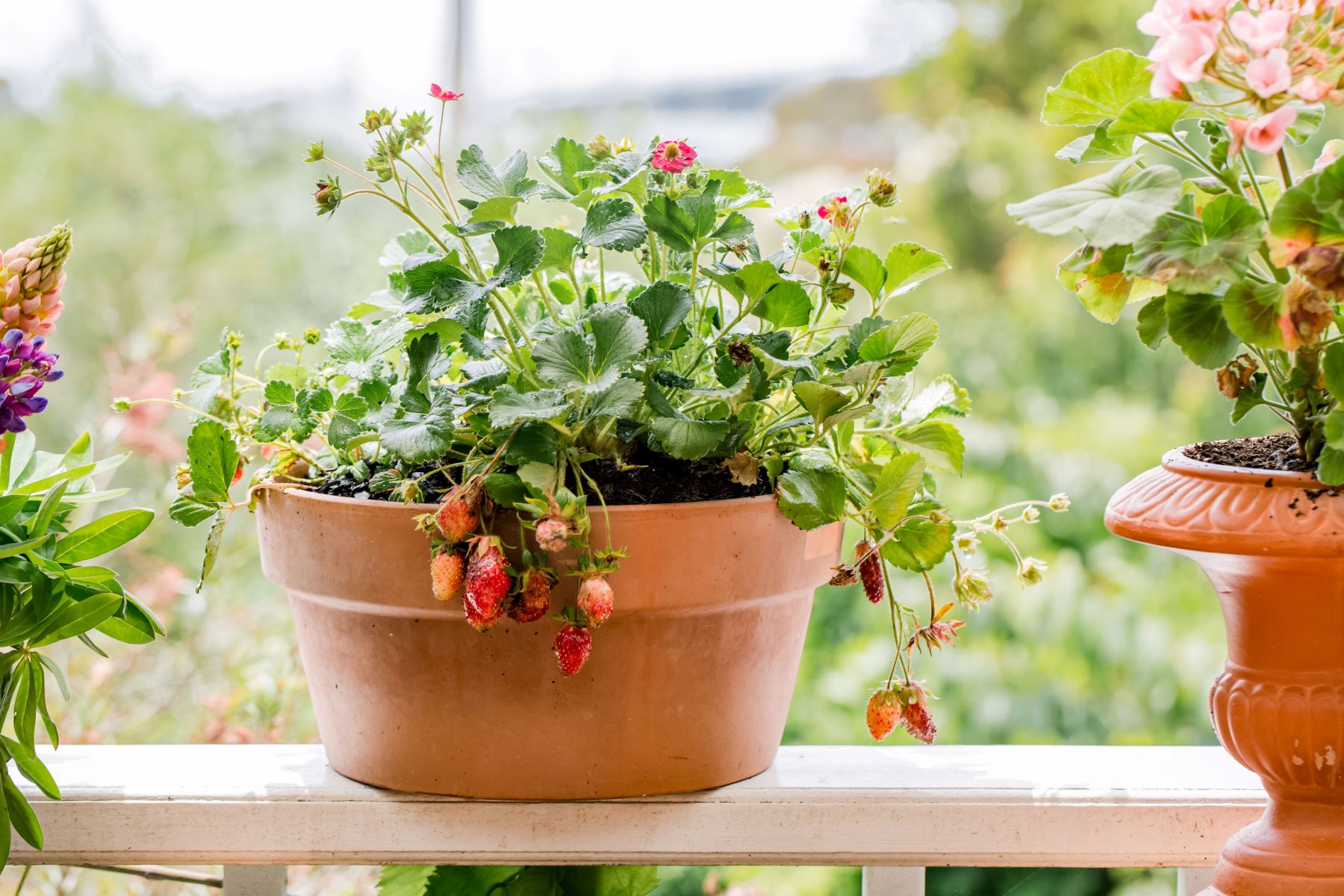

0 thoughts on “How To Store Bare Root Strawberries Before Planting”